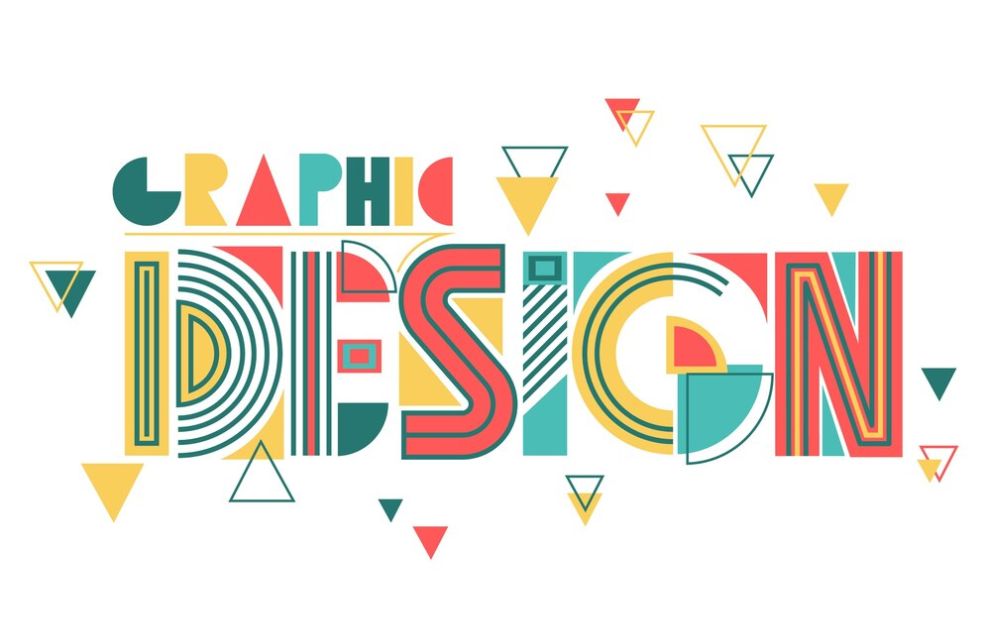Graphic design is a multifaceted and dynamic field that surrounds us in nearly every aspect of daily life. Whether it’s the advertisements we encounter, the interfaces we interact with, or the packaging of our favorite products, graphic design plays a crucial role in communicating ideas and shaping perceptions. But when it comes to defining graphic design, the answers can vary depending on perspectives and contexts. So, what is the best and most complete definition for graphic design? Let’s explore.
Understanding Graphic Design
At its core, graphic design is the art and practice of planning and projecting ideas and experiences with visual and textual content. This definition may seem broad—and it is intentionally so. Graphic design covers a wide spectrum of applications, from branding and advertising to web and user interface design. It is a discipline that blends creativity, technology, and communication to solve problems and convey messages effectively.
Essential Elements of a Complete Definition
To find the best definition of graphic design, we must consider its essential elements:
- Visual Communication: Graphic design is fundamentally about communication. Designers use typography, imagery, color, and layout to craft messages that resonate with their audience.
- Purpose-Driven: Unlike pure art, graphic design serves a specific purpose—whether it’s to inform, persuade, entertain, or inspire. It’s about solving problems and achieving objectives.
- Multimedia Integration: In today’s digital age, graphic design is not confined to print media. It spans across multiple platforms, including websites, apps, videos, and virtual reality experiences.
- Human-Centric Approach: Effective graphic design prioritizes user experience. It requires an understanding of the audience’s needs, preferences, and behaviors.
A Comprehensive Definition
Considering these elements, the best and most complete definition for graphic design might be:
Graphic design is the strategic art and practice of combining visual and textual elements to communicate ideas, solve problems, and create meaningful experiences across various media and platforms.
This definition encapsulates the essence of graphic design by emphasizing its strategic nature, creative aspects, and adaptability to diverse formats.
Why This Definition Matters
A clear and comprehensive definition of graphic design is essential for practitioners, clients, and students alike. It sets expectations, establishes the scope of work, and underscores the impact of design on business, culture, and society.
The Evolving Nature of Graphic Design
Graphic design is not static. Over time, it has evolved in response to technological advancements and cultural shifts. Here are some of the ways it continues to grow and adapt:
- Digital Transformation: As the world becomes increasingly digital, graphic design has embraced tools like augmented reality (AR), artificial intelligence (AI), and motion graphics to create more immersive experiences.
- Sustainability in Design: Modern designers are focusing on sustainable practices by using eco-friendly materials, minimizing waste, and crafting designs that advocate for environmental responsibility.
- Global Influence: Graphic design now transcends geographical boundaries, borrowing inspiration from diverse cultures and enabling designers to create work that resonates globally.
Real-World Applications of Graphic Design
To truly understand graphic design, it’s important to consider its practical applications. These include:
- Branding: Logos, business cards, and brand guidelines are essential tools for establishing a company’s identity.
- Advertising: Graphic design is central to creating impactful advertisements, both in print and digital media.
- Web and App Design: From intuitive layouts to visually appealing interfaces, graphic design enhances user interaction.
- Packaging Design: The packaging of products often determines the consumer’s first impression and plays a role in their purchasing decision.
- Editorial Design: Magazines, books, and newspapers rely on graphic design to make content visually engaging and easy to read.
Skills Every Graphic Designer Should Master
Graphic design requires a combination of technical and creative skills. Some of the key skills include:
- Typography: Understanding typefaces and how to use them effectively.
- Software Proficiency: Mastery of tools like Adobe Creative Suite (Photoshop, Illustrator, InDesign) or alternatives like Canva and Figma.
- Color Theory: Knowledge of how colors interact and influence emotions.
- Problem-Solving: The ability to identify and address design challenges.
- Collaboration: Working effectively with clients, marketers, and other stakeholders.
Conclusion
While there are many ways to describe graphic design, the best definition is one that reflects its multidisciplinary nature and its role in shaping human experiences. Graphic design is more than just aesthetics; it is a powerful tool for communication and connection in an increasingly visual world. By understanding its full scope, we can better appreciate its value and potential. Whether you’re a designer, a business owner, or simply an observer, recognizing the depth and breadth of graphic design can inspire greater creativity and innovation.

